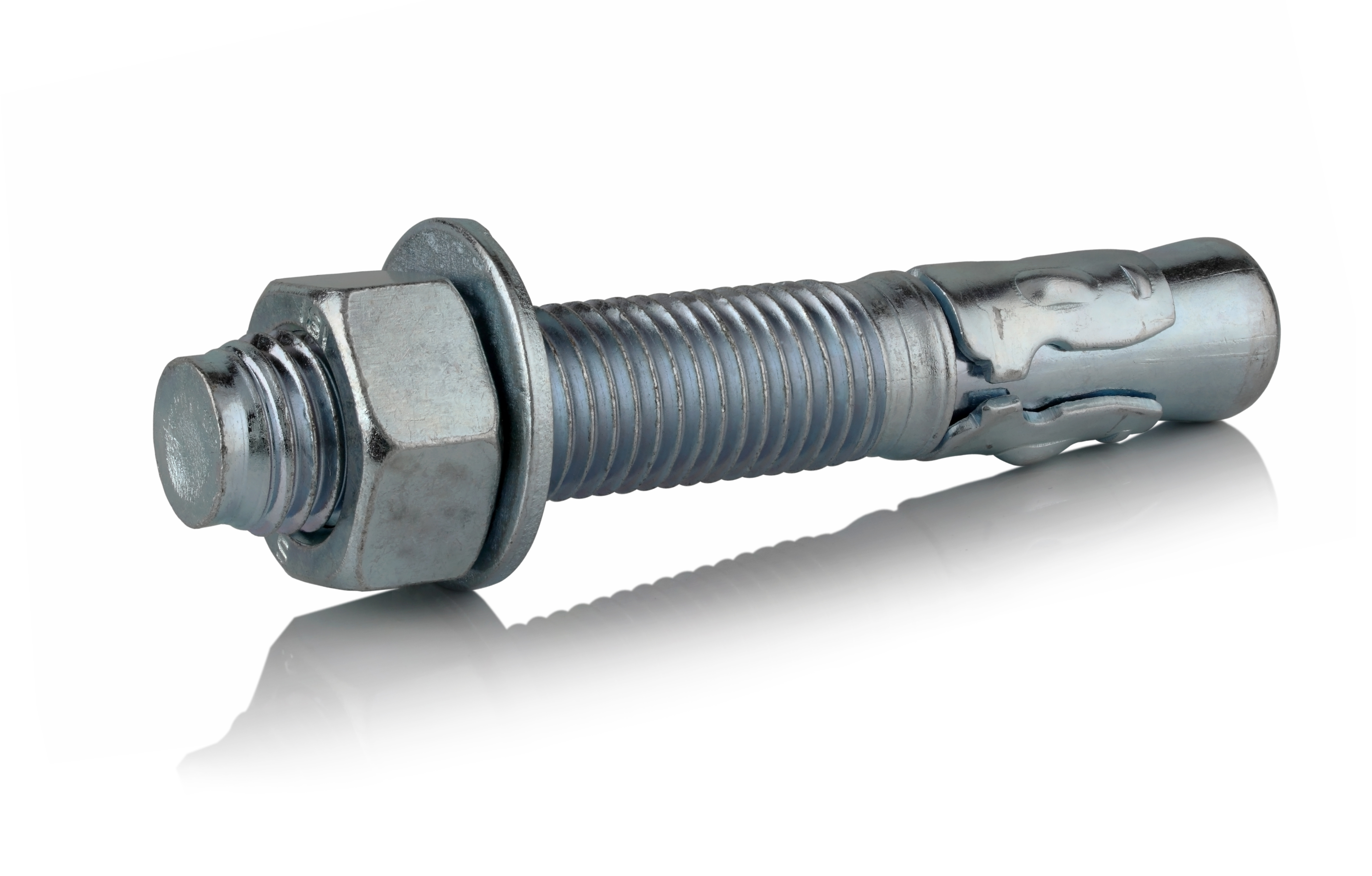Concrete Anchors

Concrete anchors are specialized fasteners designed to securely attach objects to concrete surfaces. They provide a reliable and stable connection, even under heavy loads or adverse conditions.
-
Types: There are several types of concrete anchors available, each with its own unique design and installation method. Common types include:
- Wedge Anchors: These anchors feature a threaded stud with a tapered end and are installed by inserting them into a pre-drilled hole in the concrete and tightening them with a wrench, causing the wedge-shaped portion to expand and secure the anchor in place.
- Sleeve Anchors: Sleeve anchors consist of a threaded stud encased in a sleeve with expansion grooves. They are inserted into a pre-drilled hole and tightened, causing the sleeve to expand and grip the concrete surface securely.
- Drop-in Anchors: Drop-in anchors are internally threaded inserts that are set into a pre-drilled hole in the concrete. A threaded bolt or stud is then inserted into the anchor and tightened to secure the object in place.
- Concrete Screws: Concrete screws are self-tapping screws designed to be directly driven into pre-drilled holes in concrete. They provide a quick and easy way to attach objects to concrete surfaces without the need for anchors or expansion mechanisms.
-
Materials: Concrete anchors are typically made from materials such as carbon steel, stainless steel, or galvanized steel. Stainless steel and galvanized steel anchors are preferred for outdoor or corrosive environments due to their resistance to rust and corrosion.
-
Installation: Installing concrete anchors involves drilling a hole into the concrete surface using a hammer drill and masonry bit, inserting the anchor into the hole, and tightening it to the specified torque using a wrench or other tools. Proper installation is crucial to ensure a secure and reliable connection, with factors such as hole depth, diameter, and spacing playing a critical role in the anchor's performance.
-
Applications: Concrete anchors are used in a wide range of applications across various industries, including construction, infrastructure, and manufacturing. Common uses include securing structural components such as columns, beams, and handrails, anchoring equipment and machinery to concrete floors, attaching fixtures such as shelves, cabinets, and signs to walls, and installing outdoor structures such as fences, awnings, and lighting fixtures.
-
Load Capacity: The load capacity of concrete anchors depends on factors such as the type of anchor, the diameter and length of the anchor, the depth and quality of the concrete, and the installation method. Engineers typically specify anchors based on the anticipated loads and structural requirements of the application.
In summary, concrete anchors are essential fasteners used to attach objects to concrete surfaces securely. With a variety of types, materials, and installation methods available, concrete anchors provide a reliable and effective solution for a wide range of construction and industrial applications.
